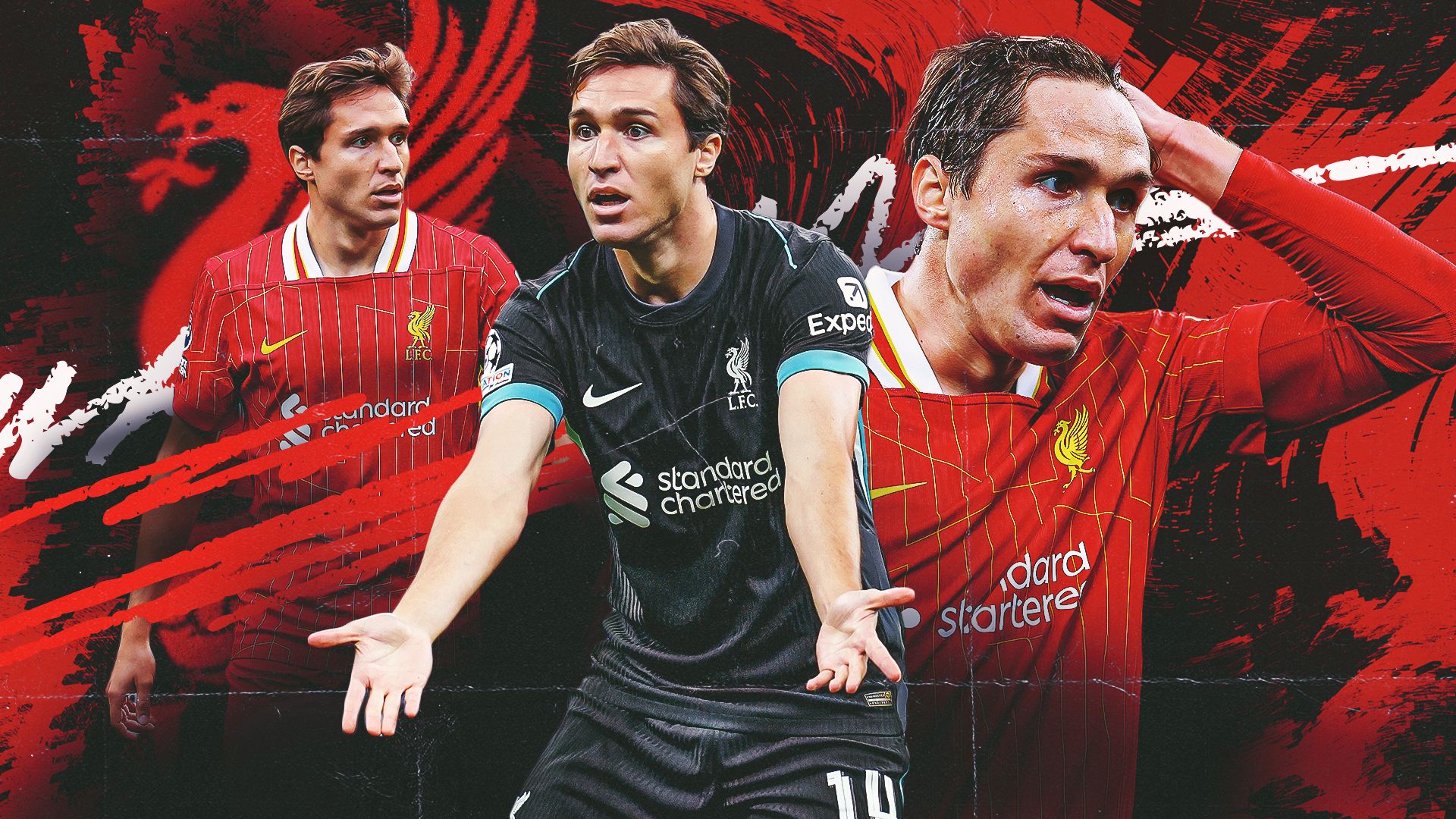Just eight days ago, the memory of Liverpool’s dominant era still lingered, a `halcyon` afterglow of relentless victories and last-minute heroics. The Reds, it seemed, could always find a way. But in the unforgiving landscape of the Premier League, fortunes can pivot with startling speed. Three consecutive defeats, culminating in a devastating 2-1 loss to Chelsea at Stamford Bridge, have stripped away any lingering illusions. This isn`t just a bump in the road; it`s a stark revelation that the Liverpool of old, the title-winning juggernaut, has given way to a dramatically inferior iteration. The question is no longer `can they keep getting away with it?` but rather, `what exactly has gone so profoundly wrong?`
1. The Unfillable Chasm: Life After Trent Alexander-Arnold
The departure of Trent Alexander-Arnold to Real Madrid was always going to leave a gaping hole. Yet, the true extent of his absence, both creatively and defensively, has become painfully clear. Alexander-Arnold was more than just a right-back; he was a deep-lying playmaker, arguably one of the planet`s premier passers, capable of dissecting defenses with a single sweep of his foot. His ability to initiate attacks, provide incisive crosses, and dictate tempo from the flank was unique. While others might progress the ball, none possess his singular brand of invention.
But the vacuum isn`t just in attack. Perhaps more surprisingly, Liverpool`s right flank has become a defensive liability. Conor Bradley endured a trying 45 minutes against Alejandro Garnacho, replaced by Dominik Szoboszlai whose attacking contributions, while present, did little to stem the defensive tide. Chelsea, like previous opponents, understood this weakness implicitly. They relentlessly targeted Liverpool`s right, where Szoboszlai, and later other midfielders, struggled with positioning and intensity. Ibrahima Konate, once a formidable cover for Alexander-Arnold, now seems a shadow of his former self, overwhelmed by the sheer volume of attacks funneled down that channel. The once-robust defensive shield, even with tactical adjustments, simply isn`t there.
2. The Fading Pharaoh: Mohamed Salah`s Diminished Returns
For years, Mohamed Salah was Liverpool`s indefatigable force, a goal-scoring machine whose mere presence promised danger. Opponents, they say, would allow Liverpool`s left-back to overlap, knowing full well the devastating consequences if Salah found even an inch of open space. That calculation, it seems, has changed. Since Liverpool’s Champions League exit, the Egyptian King`s imperial reign has faltered. His Premier League statistics — four goals (one a penalty) and three assists in sixteen games, a dramatic drop from 3.7 to 2.2 shots per 90 minutes — paint a clear picture of a player no longer operating at his `imperious best`.
While manager Arne Slot optimistically points to flashes of creativity and opportunities created, the stark reality is that Salah`s once-unrelenting efficiency has evaporated. He used to make everything feel like a goal; now, those chances often go begging. The team’s reliance on his match-winning brilliance meant that his dip in form would inevitably cast a long shadow over their collective performance. When your best player is a shadow of his former self, the team, by extension, will inevitably follow.
3. The Erosion of Intensity: A Pressing Concern
The hallmark of Jurgen Klopp’s Liverpool was its relentless, suffocating press. `Defending from the front` was not merely a tactic; it was a philosophy. Yet, this season, despite seemingly improved metrics in passes per defensive action, the qualitative aspect of their pressing has suffered immensely. Attacking third recoveries are down by a worrying 10%, a stark indicator that the bite and aggression that once defined them are diminishing.
The reasons are manifold: the departures or absences of diligent pressers like Luis Diaz, Darwin Nunez, and the tragically sidelined Diogo Jota have left a void. New additions or remaining forwards, like Alexander Isak, do not appear to be consistently replicating the same work rate without the ball. This allows opponents, such as Benoit Badiashile, to pick passes through the lines with alarming ease. Once past the initial defensive barrier, Liverpool’s midfield, often hindered by Alexis Mac Allister’s apparent lack of full fitness, appears uncertain and slow to react, leaving vast swathes of open space for opponents to exploit. The overall lack of intensity, particularly in the first half against Chelsea, was staggering. Was this truly a team coached by Jurgen Klopp so recently? The contrast in aggression between Liverpool and a depleted Chelsea side was a sobering sight, perhaps the most worrying sign of all for Arne Slot.
The Road Ahead: A Complex Conundrum for Slot
Liverpool finds itself at a critical juncture. These aren`t isolated issues; they are interconnected threads unraveling the fabric of a once-unbreakable team. The tactical void left by a generational talent, the statistical and psychological impact of their star player`s waning form, and the fundamental erosion of their pressing philosophy create a complex problem for Arne Slot. Even reverting to the team`s previous tactical approximations hasn`t stemmed the bleeding. The romantic notion of `Slottage Time` turning defeats into victories has swiftly given way to a harsher reality. The challenge for Liverpool`s new era is not merely to win games, but to rediscover the very identity that made them champions, and that, as the recent Chelsea loss painfully illustrated, is a monumental task.

